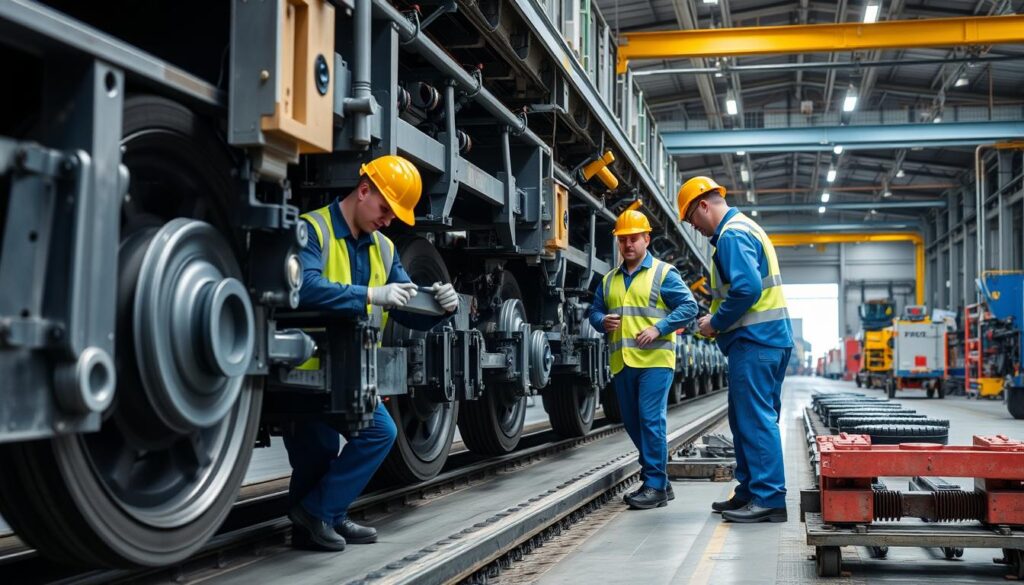With hundreds of thousands of moving parts and complex mechanical and electrical systems working together, rolling stock maintenance requires a strategic approach. The best railway operators worldwide have moved beyond reactive maintenance to embrace proactive strategies that prevent failures before they occur.
The Critical Importance of Rolling Stock Maintenance
Regular inspection and maintenance of critical components ensures safety and reliability
Effective rolling stock maintenance delivers three primary benefits that directly impact your bottom line:
Enhanced Safety
Properly maintained rolling stock significantly reduces the risk of accidents, derailments, and other safety incidents. This protects passengers, crew, cargo, and infrastructure while maintaining regulatory compliance.
Operational Efficiency
Well-maintained trains experience fewer breakdowns and delays, improving on-time performance and customer satisfaction. This leads to better resource utilization and higher capacity utilization rates.
Cost Reduction
Proactive maintenance extends asset lifecycles, reduces emergency repairs, and optimizes maintenance scheduling. Studies show that preventive maintenance can reduce overall maintenance costs by 15-30% compared to reactive approaches.
6 Key Rolling Stock Maintenance Best Practices
Leading railway operators worldwide have adopted these proven strategies to optimize their maintenance operations:
1. Implement Condition-Based Monitoring
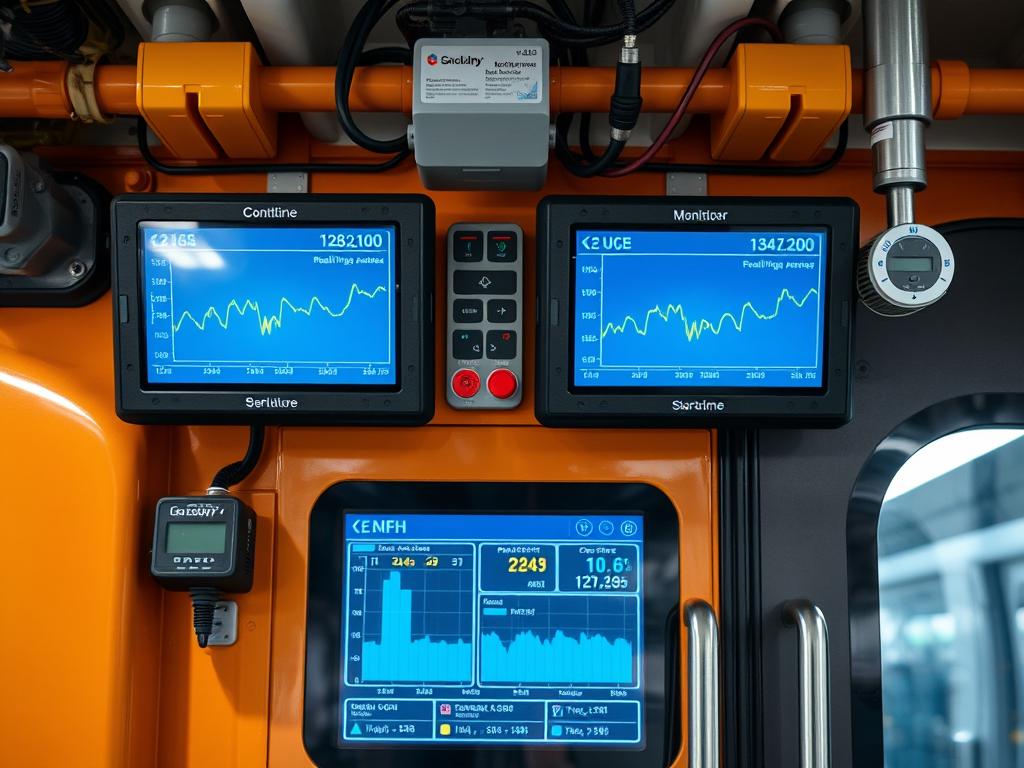
Moving beyond time-based or mileage-based maintenance schedules, condition-based monitoring uses real-time data to determine when maintenance is actually needed. This approach relies on sensors that continuously monitor critical components and trigger alerts when parameters deviate from normal ranges.
Key components to monitor include:
- Wheel profiles and bearing temperatures
- Brake system performance and wear
- Traction motor conditions
- Suspension system integrity
- Door mechanism functionality
By implementing condition-based monitoring, operators can reduce unnecessary maintenance while ensuring critical issues are addressed promptly before they lead to failures.
2. Establish Dedicated Maintenance Facilities
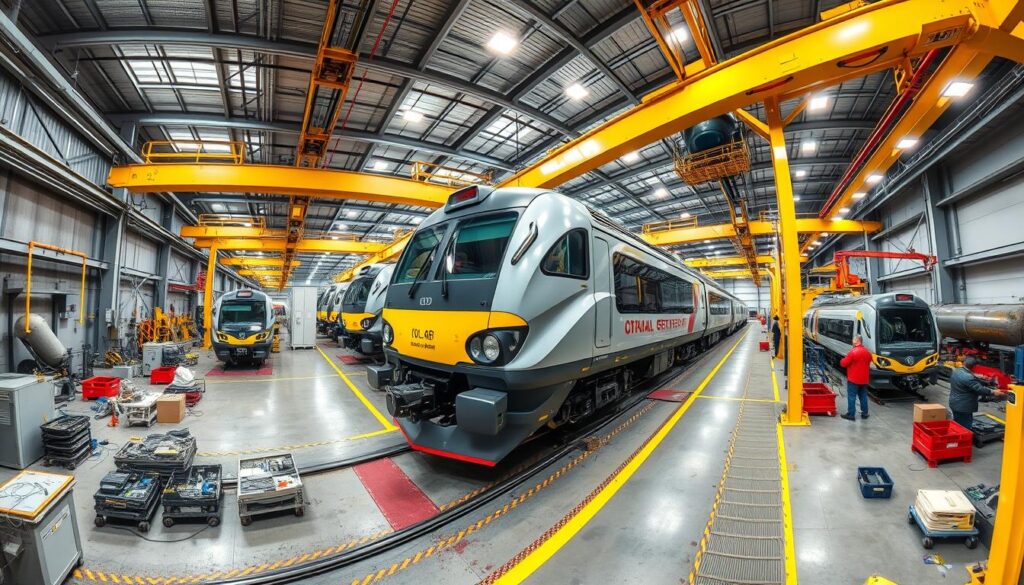
A well-designed maintenance facility significantly improves maintenance efficiency and quality. Modern facilities should include:
- Inspection areas with proper lighting and access
- Specialized equipment for wheel profiling and replacement
- Component testing stations
- Overhead cranes and lifting equipment
- Cleaning systems for exterior and interior
- Storage areas for spare parts and consumables
- Diagnostic equipment and computer stations
- Environmental controls for specialized work
The facility should be designed to minimize movement of rolling stock during maintenance, with a logical workflow that progresses from inspection to repair to testing.
3. Develop Comprehensive Inspection Protocols

Regular, thorough inspections form the backbone of effective rolling stock maintenance. Develop standardized inspection protocols that cover all critical systems and components, with clear criteria for pass/fail decisions.
Effective inspection programs include:
- Daily visual inspections before service
- Weekly functional tests of critical systems
- Monthly comprehensive inspections
- Quarterly in-depth examinations of major components
- Annual complete overhauls
Digital inspection tools that guide technicians through the process and automatically record results significantly improve consistency and data collection.
Need Expert Maintenance Guidance?
Our railway maintenance specialists can help you optimize your maintenance strategy, implement best practices, and reduce costs while improving reliability.
4. Implement Digital Maintenance Management Systems
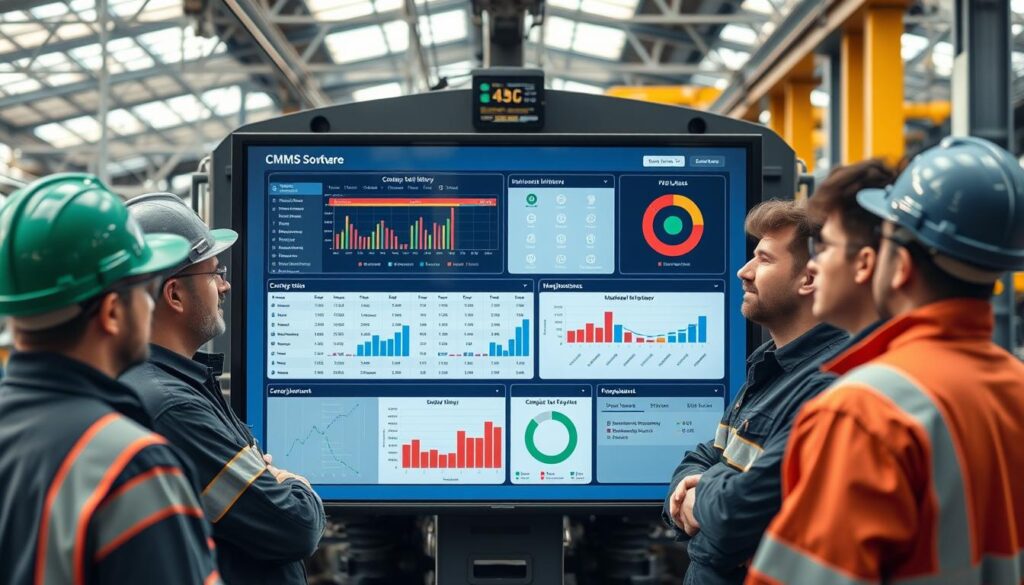
Modern Computerized Maintenance Management Systems (CMMS) specifically designed for rolling stock provide powerful capabilities for scheduling, tracking, and analyzing maintenance activities. These systems should:
- Integrate with condition monitoring sensors
- Automatically generate work orders based on conditions or schedules
- Track parts inventory and usage
- Record maintenance history for each asset
- Provide analytics to identify trends and improvement opportunities
- Support mobile access for technicians in the field
The best CMMS solutions also incorporate predictive analytics that can forecast potential failures before they occur, allowing for even more proactive maintenance planning.
5. Invest in Technician Training and Certification
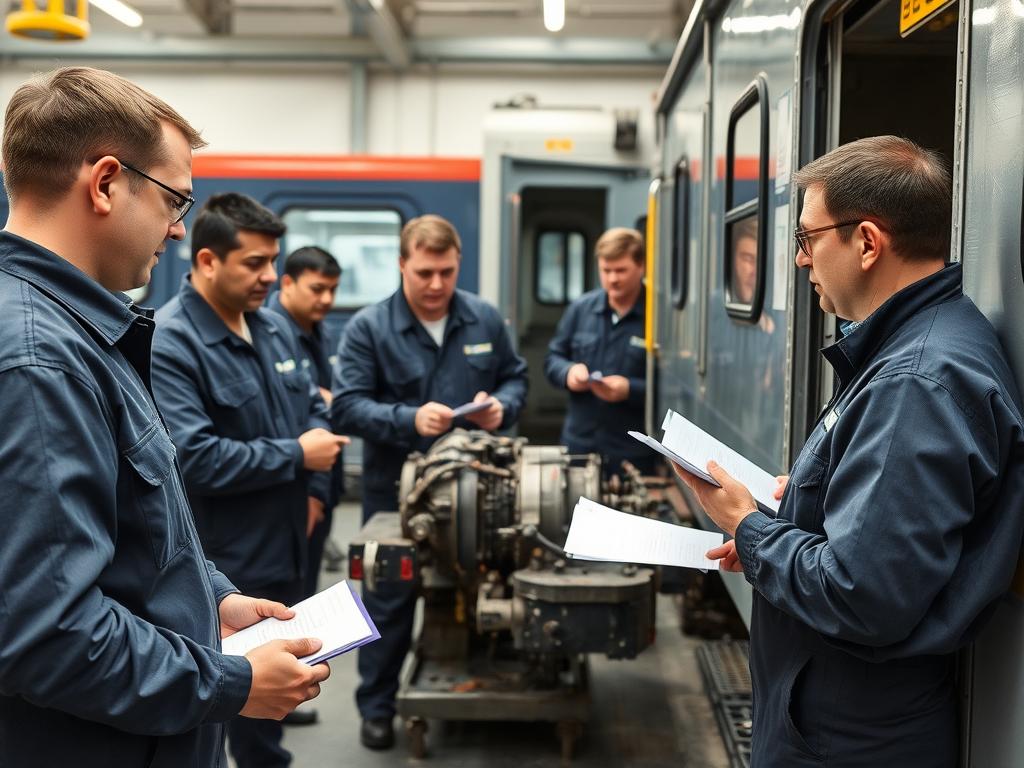
Well-trained maintenance technicians are essential for effective rolling stock maintenance. Develop comprehensive training programs that cover:
- Technical knowledge of all rolling stock systems
- Proper use of diagnostic equipment and tools
- Safety procedures and regulations
- Documentation and reporting requirements
- Troubleshooting and problem-solving skills
Consider implementing certification programs that verify technicians’ skills and knowledge, with regular refresher training to keep up with new technologies and procedures.
6. Optimize Spare Parts Management

Efficient spare parts management ensures that the right parts are available when needed, without excessive inventory costs. Best practices include:
- Categorizing parts by criticality and lead time
- Implementing barcode or RFID tracking systems
- Establishing minimum stock levels based on usage patterns
- Developing relationships with reliable suppliers
- Considering pooled inventory arrangements with other operators
- Regular auditing and obsolescence management
Advanced analytics can help optimize inventory levels by analyzing historical usage patterns and predicting future needs based on maintenance schedules and component conditions.
Real-World Success Stories: Rolling Stock Maintenance Excellence
Case Study 1: Japan’s Shinkansen Bullet Trains

Japan’s Shinkansen bullet trains are renowned for their exceptional reliability, with average delays measured in seconds rather than minutes. This remarkable performance is achieved through:
- Rigorous daily inspections lasting 30 minutes between service runs
- Comprehensive overnight inspections using automated systems
- Monthly in-depth examinations of all critical systems
- Complete overhauls every 36 months
- Advanced condition monitoring with thousands of sensors per train
The result: a safety record of zero passenger fatalities due to train accidents since operations began in 1964, and an average delay of less than one minute per train.
Case Study 2: Deutsche Bahn’s Predictive Maintenance Program
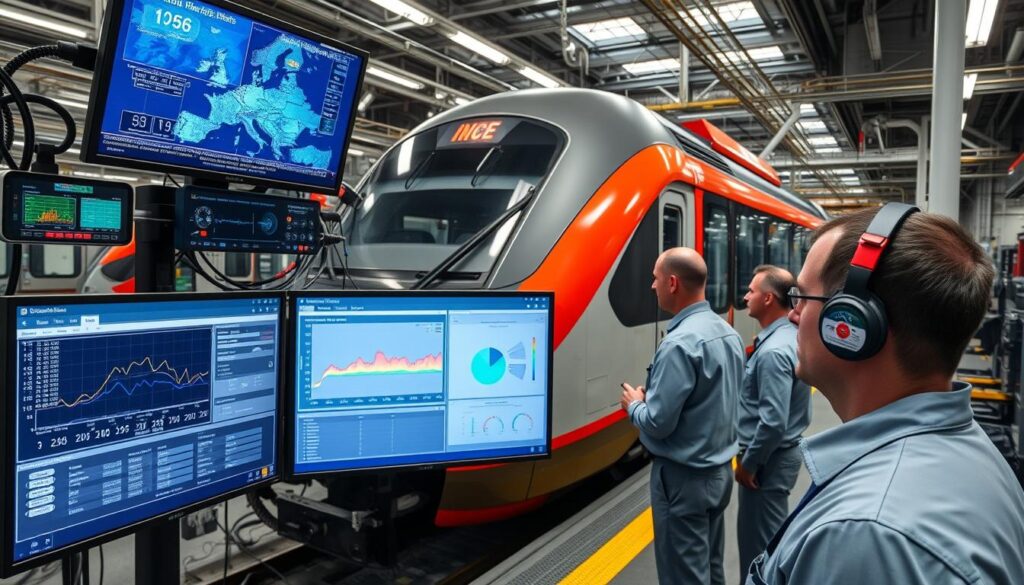
Germany’s Deutsche Bahn has implemented an advanced predictive maintenance program for its ICE high-speed trains that has delivered impressive results:
- 30% reduction in component failures
- 24% decrease in maintenance costs
- 15% improvement in fleet availability
- Significant reduction in service disruptions
The program combines IoT sensors, big data analytics, and machine learning algorithms to predict potential failures up to three months in advance. This allows maintenance to be scheduled during planned downtime, minimizing service disruptions while ensuring safety and reliability.
Overcoming Common Rolling Stock Maintenance Challenges

Even with best practices in place, railway operators face several common challenges in maintaining rolling stock effectively:
Challenges
- Budget constraints limiting investment in advanced technologies
- Aging rolling stock requiring more frequent maintenance
- Difficulty finding and retaining skilled technicians
- Balancing maintenance needs with service requirements
- Managing obsolescence of parts for older rolling stock
Solutions
- Phased implementation of technologies with clear ROI calculations
- Targeted upgrades to extend service life of critical components
- Developing apprenticeship programs and competitive compensation
- Using analytics to optimize maintenance scheduling
- Exploring 3D printing and reverse engineering for obsolete parts
Successful operators address these challenges through strategic planning, innovative thinking, and a commitment to continuous improvement in their maintenance practices.
Emerging Technologies Transforming Rolling Stock Maintenance

The future of rolling stock maintenance is being shaped by several emerging technologies:
| Technology | Applications | Benefits |
| IoT Sensors | Real-time monitoring of component conditions, temperatures, vibrations, and performance metrics | Early detection of potential failures, reduced inspection needs, data-driven maintenance decisions |
| Artificial Intelligence | Pattern recognition in sensor data, predictive failure analysis, maintenance optimization | Highly accurate failure predictions, optimized maintenance scheduling, reduced false alarms |
| Digital Twins | Virtual replicas of physical assets for simulation and testing | Improved understanding of component interactions, virtual testing of maintenance procedures, optimized design |
| Augmented Reality | Guided maintenance procedures, remote expert assistance | Reduced training time, improved accuracy, access to specialized expertise |
| Drone Inspections | Visual inspections of hard-to-reach areas, automated exterior inspections | Safer inspections, reduced labor costs, more frequent checks |
Forward-thinking railway operators are already implementing these technologies to gain competitive advantages in maintenance efficiency and effectiveness.
The Future of Rolling Stock Maintenance
The evolution of rolling stock maintenance continues to accelerate, driven by technological advances and increasing pressure for operational efficiency. Railway operators who embrace best practices and emerging technologies will achieve significant competitive advantages through improved reliability, reduced costs, and enhanced safety.
By implementing the strategies outlined in this guide—from condition-based monitoring and digital management systems to technician training and spare parts optimization—operators can transform their maintenance operations from a necessary cost center to a strategic asset that delivers measurable business value.
The most successful railway operators recognize that excellence in rolling stock maintenance isn’t just about fixing trains—it’s about creating a foundation for operational excellence across the entire organization.
Free Rolling Stock Maintenance Checklist
Download our comprehensive checklist to implement industry-leading maintenance practices for your railway fleet. Includes inspection schedules, critical components list, and maintenance intervals.
Get Your Comprehensive Rolling Stock Maintenance Guide
Download our detailed guide with implementation roadmaps, checklists, and case studies to transform your maintenance operations.
